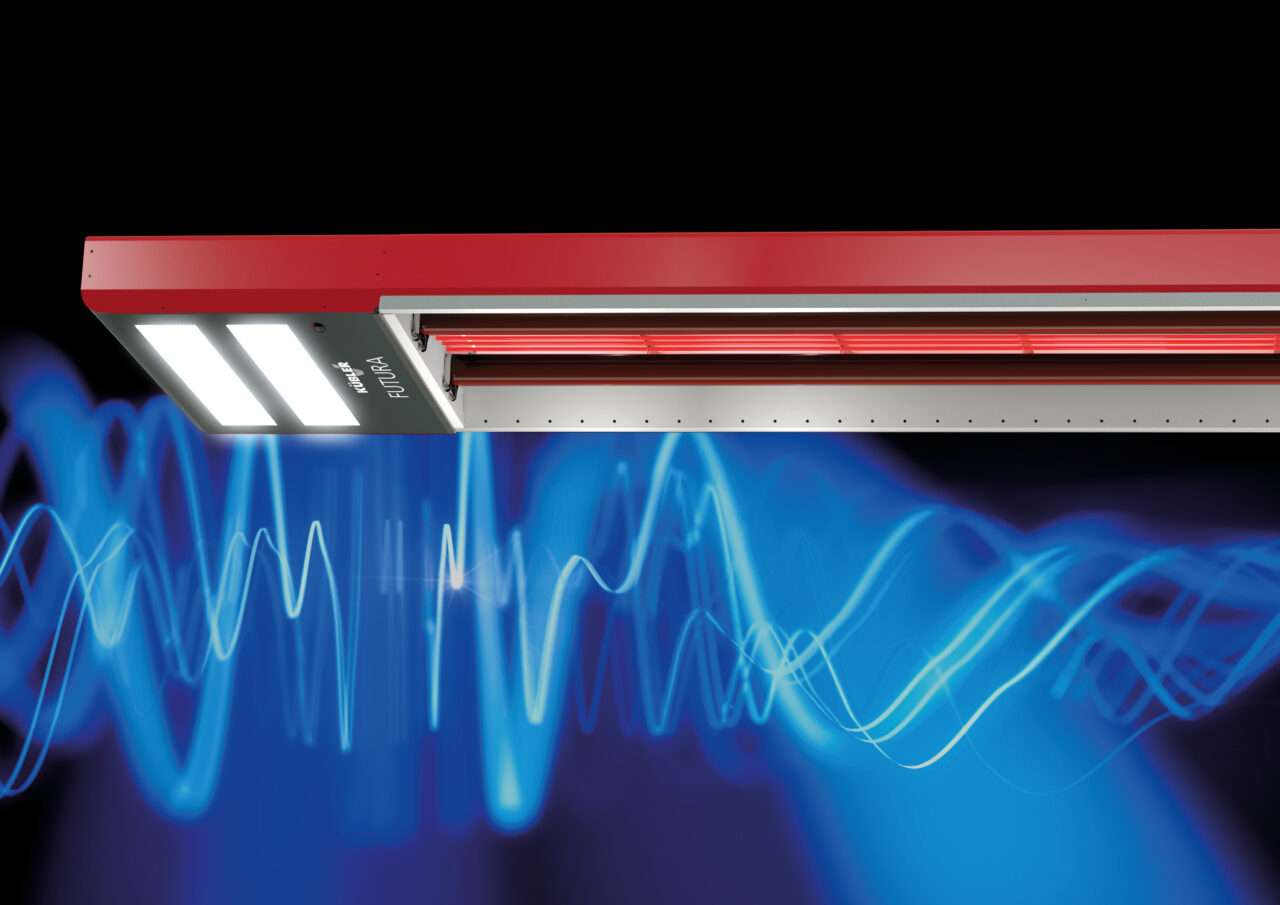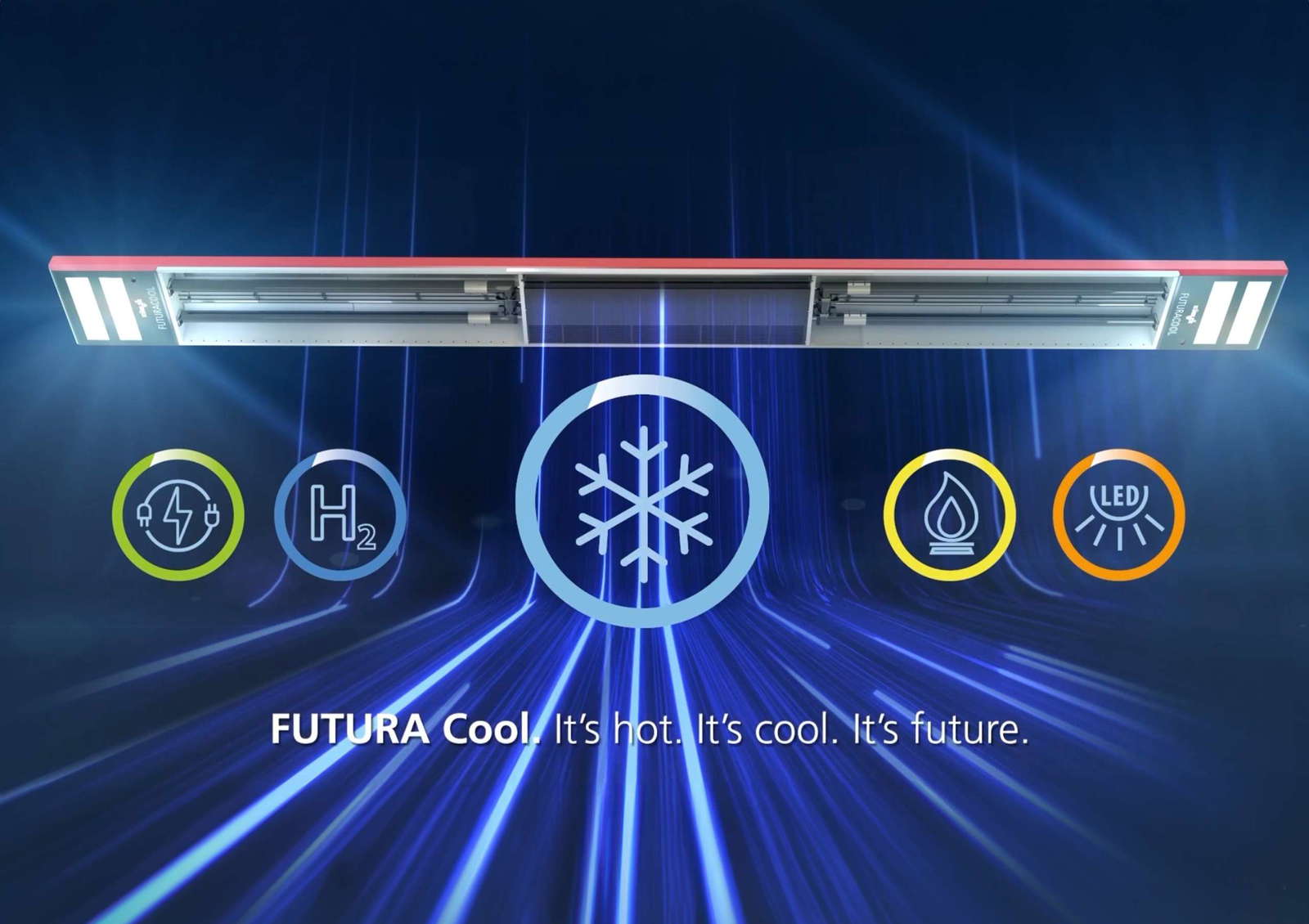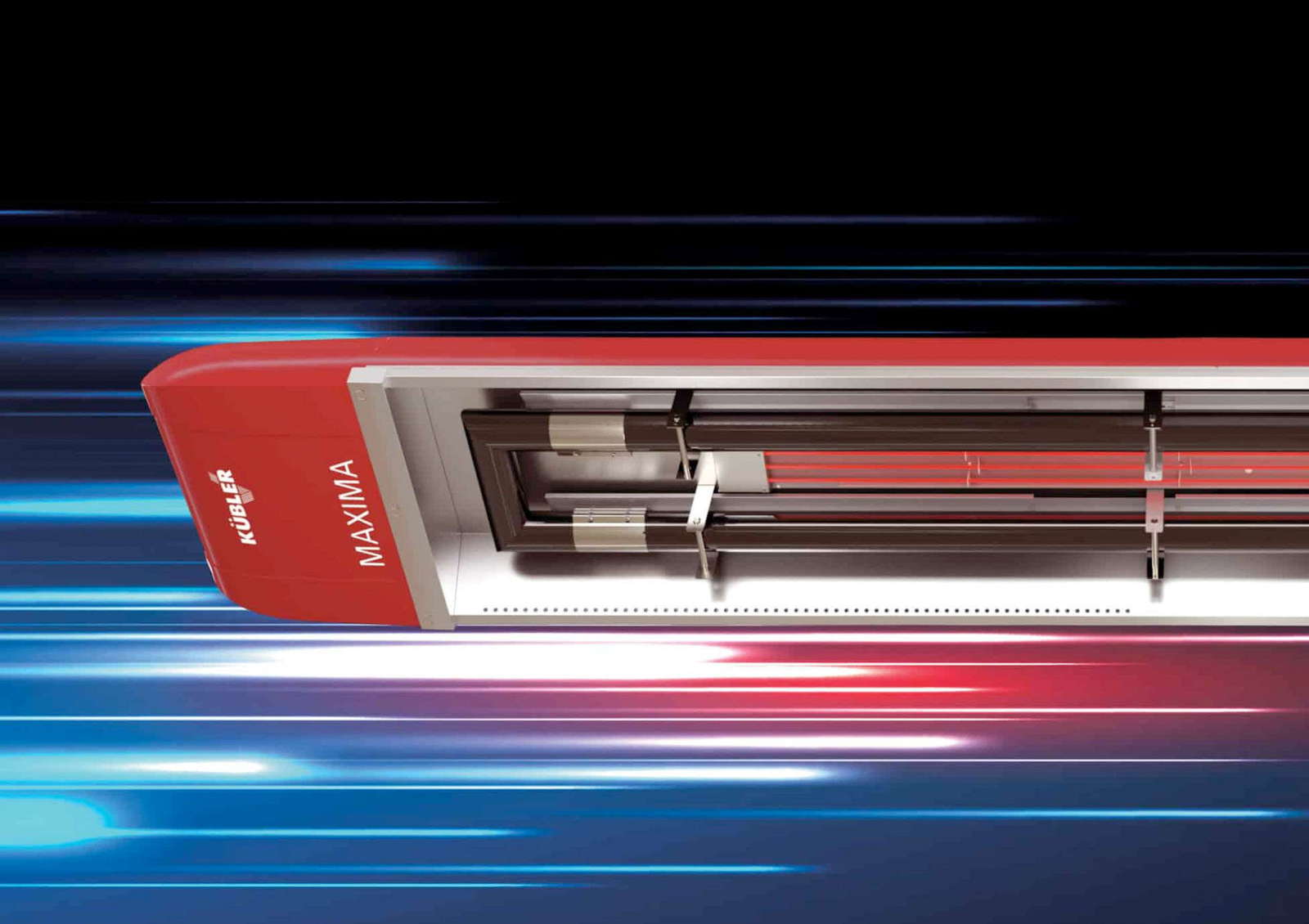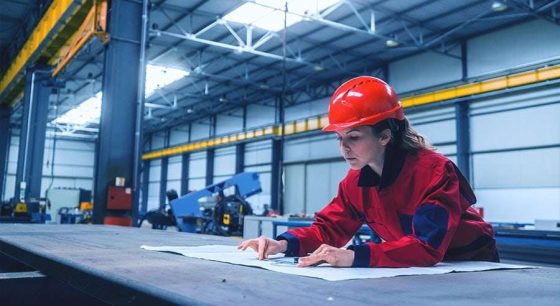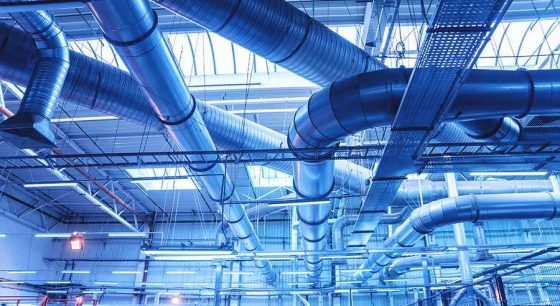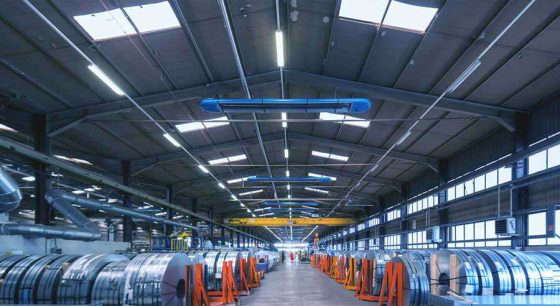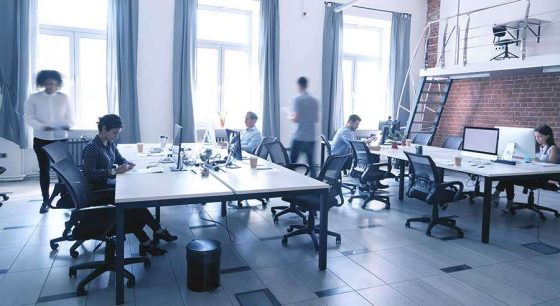New gas heating quickly in 2023 - often the cheapest decision that also pays off for the environment
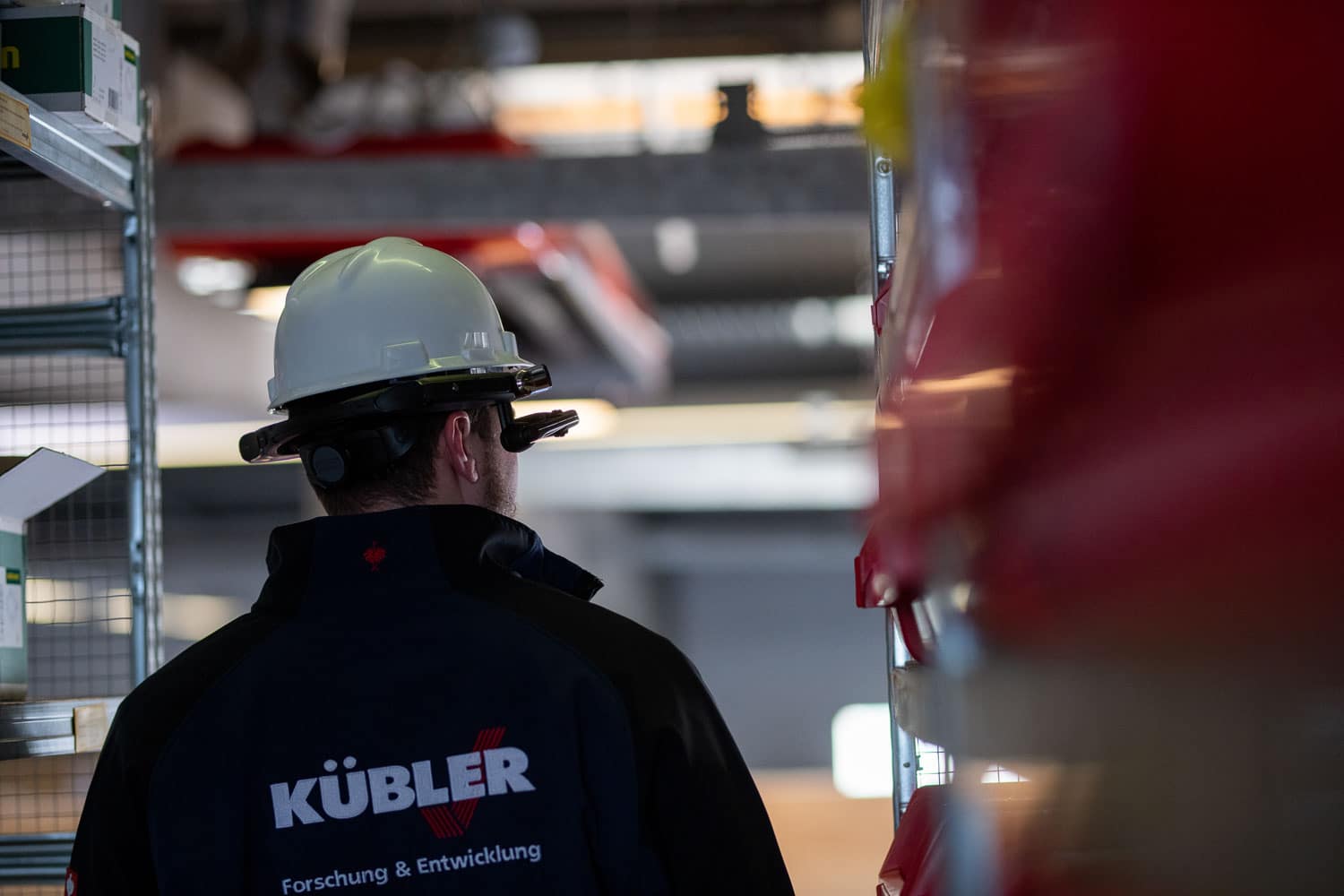
As a heating expert, what can you do and advise your commercial customers? Every entrepreneur wants to meet the climate targets, but investments also have to be economical. That could be a problem.
From our point of view as experts in sustainable hall heating, there are 3 clever solutions to the problem:
Your recommended solution 1: New gas heating system before the end of 2023
They recommend, for example, the use of proven energy-saving IR heating systems from KÜBLER. Where appropriate, supplement these with condensing boiler technology. This gives your customer the advantage of saving higher investment costs for a hybrid multi-energy system - incidentally, a world first that KÜBLER will be presenting at ISH 2023.
Result: This efficiency measure reduces heating energy consumption by 50 to 70 percent. Incidentally, far more than the legislator requires in its draft. Both GHG emissions and heating costs are reduced accordingly, so that the investment usually pays for itself in two to three years. Your client and the environment will be pleased.
Future steps: The new heating system can be easily adapted to use hydrogen as soon as it is available in sufficient and affordable quantities.
Your recommended solution 2: The high-efficiency heater from KÜBLER including H2-readyness and retrofit option
You immediately advise your customer to use a high-efficiency system from KÜBLER.
Result: Your customer immediately takes advantage of the possibility of using hydrogen and benefits from the advantages of high energy, emission and cost savings.
Future steps: The high-efficiency system can be easily and inexpensively upgraded for electricity or PV use at any time with a retrofit kit.
Your solution recommendation 3: Build on the world's first multi-energy system from KÜBLER right away
This opens the door for your customer to the CO2-freedom. This is because the KÜBLER multi-energy system allows the variable use of various renewable energy sources such as electricity or hydrogen, but also gas or biogas - in a mix or as an alternative.
This option gives you the freedom to rely on your own PV power immediately, for example, and thus achieve a degree of energy self-sufficiency. Active energy management via the control system reduces heating costs and CO2-emissions made scalable when using different energy sources - what progress!
By the way: The innovative multi-energy system was awarded the special prize "Innovative technologies for climate protection" at the SUCCESS technology competition at the end of 2022 and has been nominated for the German Innovation Award in 2023.
The bottom line
Never before have you been able to show your commercial and industrial customers such simple solutions for implementing the heat transition. And in a very economical and sustainable way. This is because the investment costs for your customer are comparatively low - they are around a third lower than the costs for heat pumps, for example.
You should also know this: We are happy to support you with our expertise in word and deed for all projects. Let's simply get talking. Our serics and the very latest appliance technology will be happy to present them to you at the ISH. Welcome to our stand B19 in hall 12.01! We look forward to your visit!
- Save energy costs and protect the environment: Dark radiant heaters are among the most efficient heating systems for halls that you can buy. But which infrared system is right for you? We give you an overview.
- Only around half of German companies are aware of their waste heat potential - this is what dena writes in its publication on waste heat utilization as part of the Energy Efficiency Initiative. This means that an estimated 226 TWh of usable heat goes unused every year. That is 36 % of the energy used by the entire manufacturing industry. Clearly, this costs companies an enormous amount of money, but at the same time the unused waste heat has a negative impact on the environment. Around 60 million tons of the greenhouse gas CO2 are unnecessarily evaporated into the atmosphere every year. In view of rising energy costs and climate protection targets, companies simply can no longer afford to do this.
- Infrared hall heating in your production: How to create the right indoor climate for your productionIndoor buildings are a world of their own. Especially in winter. The high rooms pose a real challenge for anyone who wants to ensure the most pleasant working climate possible. But there are solutions - infrared hall heating, for example.
- Almost all machines produce waste heat. Compressed air systems or curing ovens are at the forefront here, with enormous heat emissions. However, this usually dissipates unregulated in the building, which is annoying. On the one hand for the environment, but above all for business management. This is because a lot of energy is wasted in this way, which has to be paid for expensively elsewhere.
